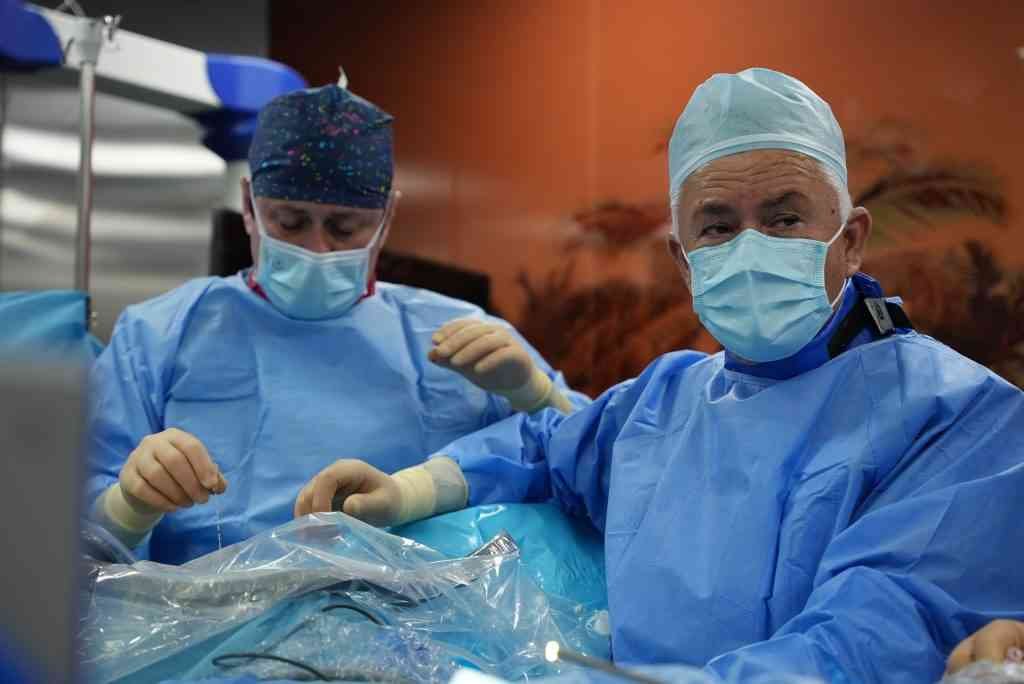Neurosurgery is a rapidly evolving specialty and has often taken a lead in developing new technologies. Advancing technology however is not the only force driving change in this discipline other factors include escalation in patient expectations on increasing population and the current economic conditions as well.

Jordan has a well-structured health care system. The progress in medical care in Jordan was a translation of the concept that human power was the main asset of the country since it lacks natural resources. The arrival of the first CT to Jordan occurred in 1977, it was installed at the king Hussain medical center (KHMC) 4 years after the installment of the first CT scanner in the world at Atkinson Morley’s hospital in London. The second CT scanner was introduced to Jordan university hospital in 1982. Predictable changes over the last decade include coiling rather than clipping of cerebral aneurysm, tumour resection couples with increased use of image guidance and endoscopy. The number of operations on the cervical spine has also increased although the number of procedures for spinal degenerative conditions has declined. The rate of craniotomy for trauma and burr-holes for chronic subdural haematoma have remained unchanged. Neurosurgeries performed to include all types of cranial surgeries and spinal surgeries, also functional neurosurgery, endovascular, epilepsy surgery, and pain management. Despite development of many techniques including angiography, MRI, Sonography and frame base stereotaxy , a more accurate localising technique is needed to achieve this goal is to develop a navigation system.

The aim of image-guided neurosurgery is to accurately project computed tomography or magnetic resonance imaging data into the operative field for defining anatomical landmarks, pathological structures and tumour margins. To achieve this goal, different imageguided and computer-assisted, called “neuronavigation” systems have been developed to provide precise spatial information to neurosurgeons. Endoscopic procedures are mostly performed by the freehand technique. However, navigation can also be incredibly useful in endoscopy and help the surgeon to make more precise planned trajectories. A navigation system also reduces the length of surgery and lowers the incidence of wound infection and shortens the length of hospital stay. The O-arm Surgical Imaging System has successfully established as the number one multi-dimensional intraoperative imaging devises in spine surgery. Surgeons all over the world consider the O-arm their system of choice, convinced by image quality, ease of handling and reliability. Communication and technology enriches the lives of all neurosurgeons and their colleagues and in so doing it enriches the life of their patients. Jordan has placed great importance on advancing the health care sector.